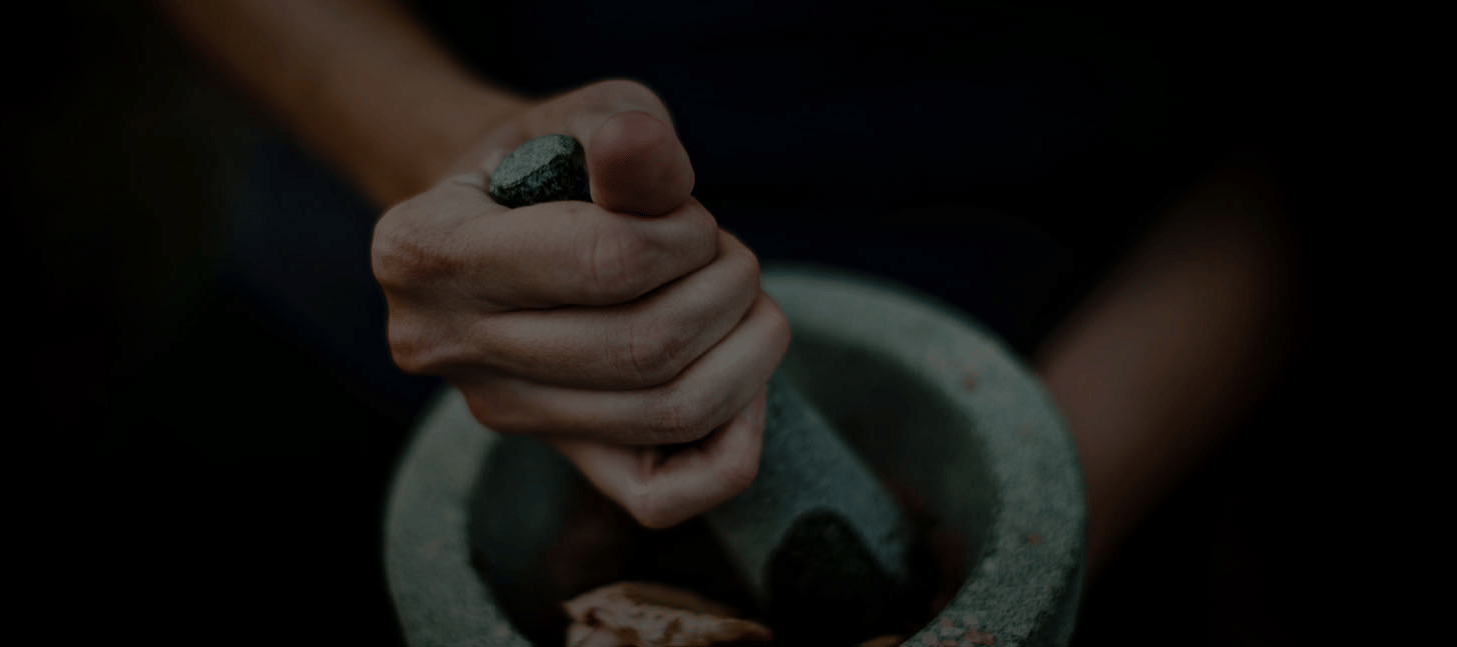
Panchakarma
In Ayurveda, therapeutic measures are classified as:
1. Purificatory therapies (Shodana chikitsa)
2. Curative medication (Samana chikitsa)
3. Surgical intervention (Shastra karma)
4. Rejuvenation treatment (Rasayana chikitsa)
5. Aphrodisiac treatment (Vajikarana chikitsa)
Among them, the purificatory therapies are classified into 5 named as Panchakarma. The deep cleansing process, unique to Ayurveda, that enables the body to release excess doshas and toxins from its cells and expel them is called Panchakarma, which basically denotes detoxification or elimination of toxins from the body. Although the human body is considered as a great, intelligent, natural healing system capable of rejuvenating itself, the formation of toxins reduces that natural capacity. It is then that Panchakarma plays a crucial role in that correction.
PANCHAKARMA in Ayurveda involves 5 therapies that help in body detoxification by removing toxins that have accumulated in the body due to pollution, lifestyle habits, unhealthy diet and stressful mind. Panchakarma also helps in maintaining the equilibrium of three doshas, VATA, PITTA and KAPHA. The type of elimination is decided by the doctor after assessing the patient’s health and the intensity of illness.
पञ्चकर्ाास्ण कुवीत र् ात्रा कालौ स्वचारयन् II च . सू २ - १५
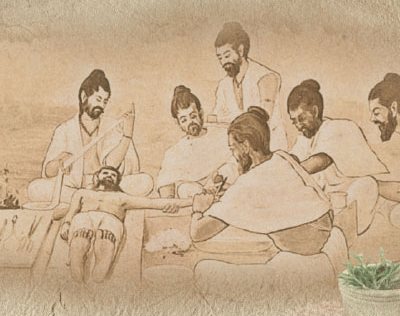
Panchakarma Types
Panchakarma detox starts with Ayurveda massages, mainly oleation and sudation therapies such as Abhyanga, Podikkizhi, Elakkizhi, etc, Snehapana using medicated ghee and other internal herbal medicines. It may take 5 to 7 days for preparing the patient for detoxification, and the physician decides the type of Panchakarma to be administered based on the disease or the dosha imbalance in the patient.
Panchakarma includes:
- NASYAM (Nasal medication)
- VAMANA (Therapeutic emesis)
- VIRECHANA (Therapeutic purgation)
- VASTHI (Medicated retention enema)
- RAKTHAMOKSHAM (Bloodletting through venous and capillary route)
पञ्चधा शोदनं च तत्- ननरूहो वमनं काय नशरोरेकास्रनवस्रन I अ. हृ. सू १४ - ४
1. Nasyam
Nasyam means nasal instillation of herbal oil, powders or extracts that help in cleansing the channels in the head and neck and thereby correcting the related diseases. Based on conditions, the drops instilled vary from 2 to 10 drops. It is administered in the morning hours after a gentle steam inhalation and face massage.The benefits of Nasya include:
- Effective in correcting Sinusitis, Migraine, Headaches, Spondylitis, Nasal polyps, etc
- Removes excess Kapha dosha accumulated in the head and neck regions
- Rejuvenates the brain tissue and restores the cerebral circulation
ऊर्धववजत्रु नवकारेषु नवषेशान्नस्यनमष्यते।
नासा नह नशरसो द्वारं तेन तद् ् याप्य हनन्त तान् ||
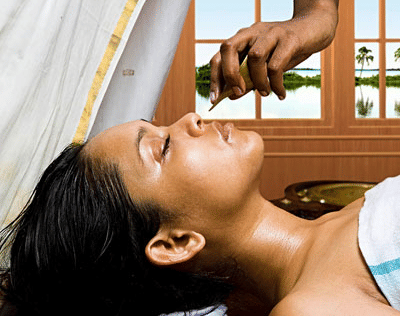
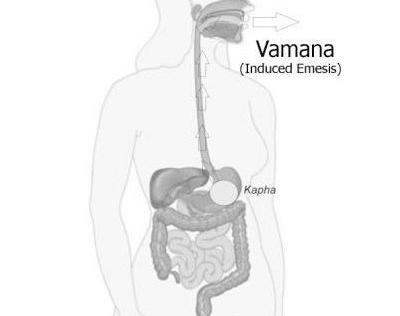
2. Vamana
Vamana means Therapeutic Emesis. This controlled induction of vomiting is advised after a course of Snehapana or Ghee intake. The course would vary from a period of 5 to 8days. During the course, no external massages are given and the patient is given a strict diet that includes rice soup and rice gruel. The day before Vamana, the patient is given high-calorie food to stimulate the Kapha dosha.
Benefits of Nasya include:
- Effective in skin conditions such as psoriasis, urticaria, allergy and respiratory problems
- Expels vitiated Kapha dosha from all over the body
कफेनवद्यात् वमनं संयोगेवा कफोल्बणे।
3. Virechana
Virechana means Therapeutic Purgation that corrects PITTA and VATA disorders in the body. This detoxification is performed after proper oleation and sudation therapies that take a maximum of 7 to 10 days. The procedure is achieved by drinking herbal oil or taking tablets, after which the patient is put on a special diet throughout the day.Benefits of Virechana include:
- Morbid Pitta dosha is evacuated
- Pitta dominant regions of the body – small intestine, liver, spleen, heart, blood, skin etc. are purified
- Restoring functions and movements of Colon and genitourinary systems
कषाय मधरुैः नपत्तेनवरेकैः कटुकैः कफेनस्नग्धोष्ण लवण वावयौ ।
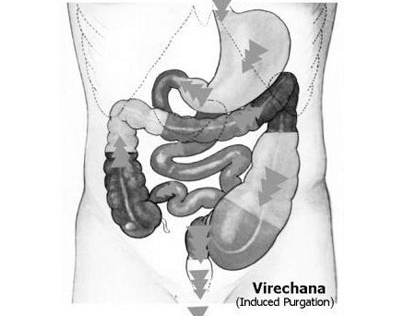
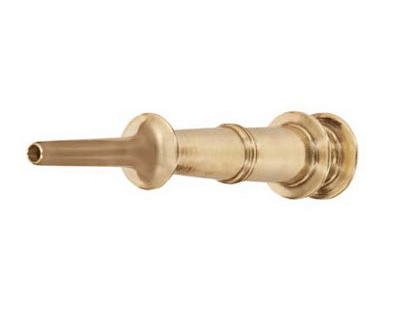
4. Vasti
Vasti means Medicated Enema using herbal oil and decoctions. They are used in correcting almost all VATA disorders and are considered the king of Panchakarma procedures. The patient is administered Vasti only after proper oleation and sudation therapies. The classification is mainly based on the route of administration, types of medicine used and number of administrations.
Route of administration:
If done via the genitourinary tract, it is termed UTTARA VASTI, and if done through the Anal canal, it is termed ADHO VASTI.
Types of medicine:
Vasti is classified as SNEHA VASTI if done using medicated Oil alone and KASHAYA VASTI if done using decoction mixed with salt, honey, ghee, etc.
Number of administration:
Vasti is classified as YOGA, KARMA and KALA if 8, 15 and 30 vastis are administered.
The benefits of Vasti include:
- Restores the functioning of the Central Nervous System and the Enteric Nervous System
- Treats infertility conditions and Genitourinary diseases
- Alleviates gastrointestinal problems, including flatulence, indigestion and constipation
वातोल्बणषेु दोषेषु वातेवा वनस्तररष्यते।
5. Rakthmoksham
Rakthmoksham means bloodletting procedure mainly advocated in skin diseases, varicose veins and other conditions where vitiated blood causes redness and pain.दष्टु रक्तापगमानात् सद्यो रागरुजां शमैः ।
Traditionally, it was performed using leeches that were identified to suck impure blood, calabash gourd, cow’ horn and pot. In modern times, the practice has changed to using needles where blood is removed via venous and capillary routes.
Benefits of Rakthmoksham include:
- Purifies blood and pacifies skin diseases
- Removes vitiated Vata, Pitta and Kapha dosha from the affected region
- Mainly advocated in Pitta disorders
- Restores the functioning of Liver and Spleen
प्रछानम् पिण्डिते वा स्यात् अवगाढे जलौकसः ।
त्वक्स्थे अलाबु घटी शृङ्गं शिरैव व्यापके असृजि ।
वातादिधाम वा शृङ्ग जलौक अलाबुभिः क्रमात् ॥
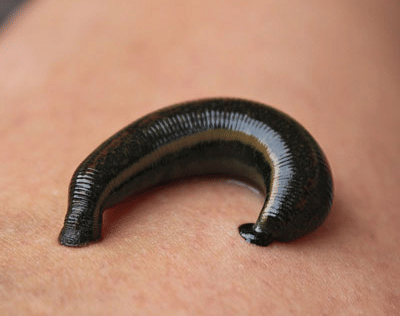
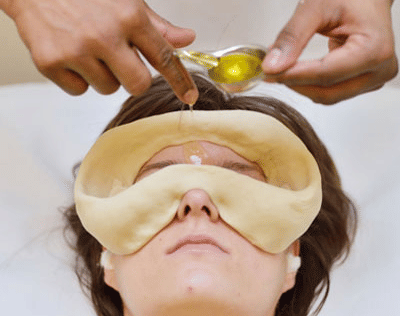
Panchakarma Stages
त्रिविदं कर्म - पूर्व कर्म प्रधान कर्म पश्चात कर्मेति II सु सू ५ -१
Poorva (pre) Karma
These important preparatory procedures have 2 parts
- Oelation (snehana) Therapy
- Fomentation (swedana) Therapy
Pradhan (main) Karma
Consists of the five essential purificatory therapies, namely.
- Emesis Therapy
- Purgation Therapy
- Enema Therapy
- Nasal Therapy
- Bloodletting
- Paschat (post) Karma
Crucial follow-up therapies that include diet, medication & lifestyle.
| Lorem | Lorem | Lorem |
|---|---|---|
| Lorem | Lorem | Lorem |
| Lorem | Lorem | Lorem |
| Lorem | Lorem | Lorem |
| Lorem | Lorem | Lorem |
| Lorem | Lorem | Lorem |
Newsletter Sign-in
Subscribe to our Newsletter! Receive Updates on the latest News and offers.